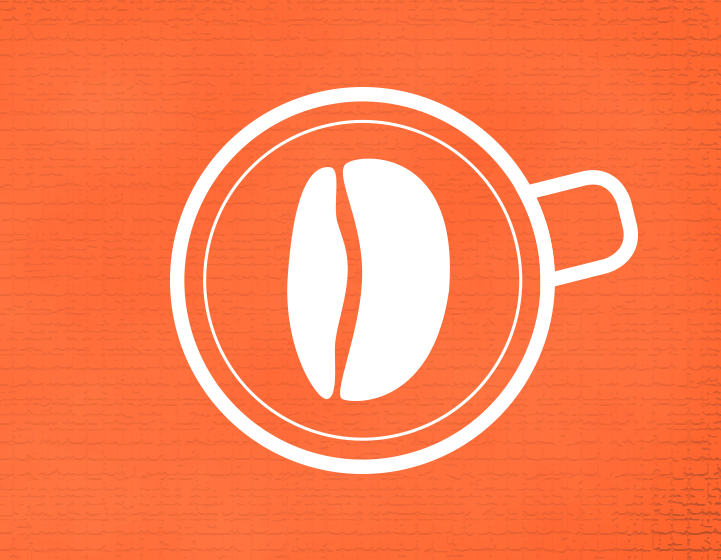[R]oast: Keep in mind that (in general) darker-roasted and older coffee is much more permeable (i.e. water passes through more quickly) than a lighter-roast coffee. This will affect necessary temperature and grind size settings.
Dose: Choose coffee dose depending on how much espresso you want to have in the cup. Dose will depend on the ratio you select for a particular coffee, as well as the density of the coffee itself. Density of the coffee can make it fill up more or less of the basket, therefore less dense coffees may require a lighter dose in order to fill the basket to the same amount as a higher dose, denser coffee. There are also many reasons to alter dose when “dialing.” For example, the barista might want to tighten or loosen a ratio, but maintain the same output to have a consistent weight or volume of espresso.
Ratio: A good ratio to start with is 1:2 (grounds input to espresso output). This means that if you put 17 grams of ground coffee in the portafilter, you will get 34 grams of espresso (due to the water retained by the espresso puck, this may require an input of greater than thirty-four grams of water to achieve the equivalent output). How strong or weak do you want the coffee? Adjust ratio according to strength preference. Less water will mean heavier body and higher concentration. More water will mean less body (perhaps a silkier texture) and decreased concentration.
Grind size: Increasing or decreasing grind size means increasing or decreasing the surface area of coffee, thus influencing how quickly particles interact with water. This can also mean changes in flow rate—if shots are moving too quickly and underextracted (tasting watery) you need to tighten up the grind size. If shots are pulling slowly and tasting sour, you should coarsen the grind size. Shots that pull slowly may also be quite bitter.
Contact time: The amount of time spent brewing will directly affect extraction yield. Increasing or decreasing contact time will increase or lower extraction yield, resulting in different flavors from the bean.
Temperature: One can generally stick with the same temperature after dialing in a coffee on espresso. A good rule is to only change temperature when using a different variety or roast level.
Pre- or post-infusion: Utilizing a pre- or post-infusion function lengthens contact time between grounds and water by adding water at a lower pressure, typically around 3 bars—much less than the standard 9.
Keep in mind that the “best espresso” is the one you like best. Use these variables as tools to “dial in” the perfect recipe for your shop and customers.
—Jennifer Haare is the director of training and staff development at Ipsento Coffee.















